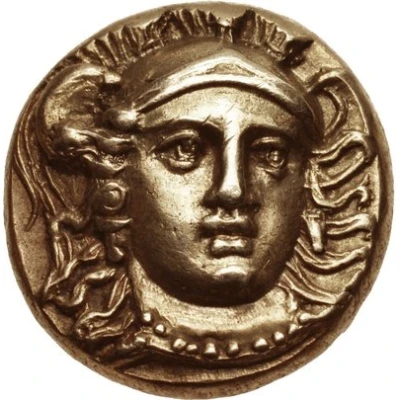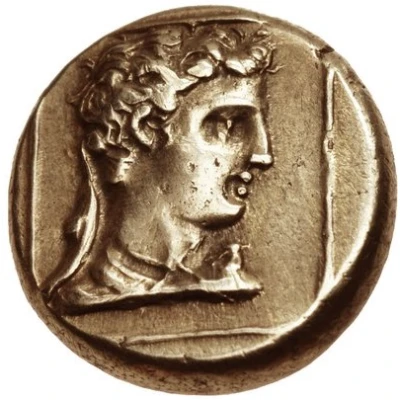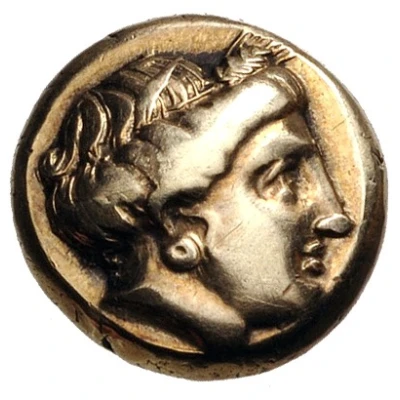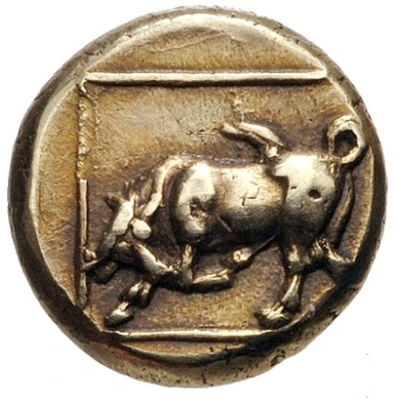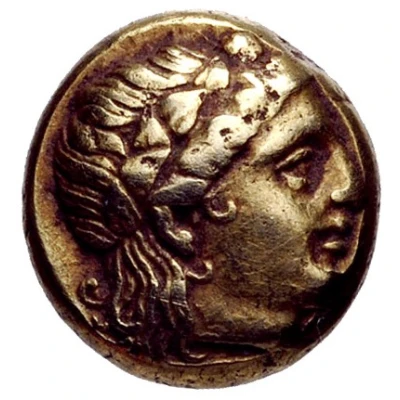
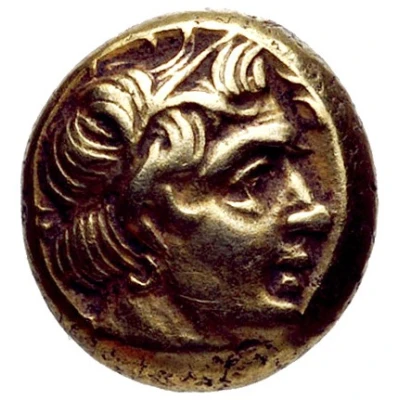

© Classical Numismatic Group, Inc.
Hekte 377 BC - 326 BC
| Electrum | 2.49 g | 9.0 mm |
| Issuer | Mytilene (Lesbos) |
|---|---|
| Type | Standard circulation coin |
| Years | 377 BC - 326 BC |
| Value | Hekte (14⁄3) |
| Currency | Drachm |
| Composition | Electrum |
| Weight | 2.49 g |
| Diameter | 9.0 mm |
| Shape | Round (irregular) |
| Technique | Hammered |
| Demonetized | Yes |
| Updated | 2024-10-10 |
| Numista | N#179282 |
|---|---|
| Rarity index | 100% |
Reverse
Head of a satyr right.
Interesting fact
The Hekte coin was used as a form of currency in the ancient Greek city-state of Mytilene on the island of Lesbos. It was made of electrum, a naturally occurring alloy of gold and silver, and weighed approximately 2.49 grams. Despite its small size, the Hekte coin played an important role in the economy of Mytilene and was widely used for trade and commerce. Its design featured an image of a lion's head on one side and an inscription on the other, which helped to identify its value and authenticity. Today, the Hekte coin is considered a rare and valuable collector's item, offering a glimpse into the financial systems and trading practices of ancient Greece.
